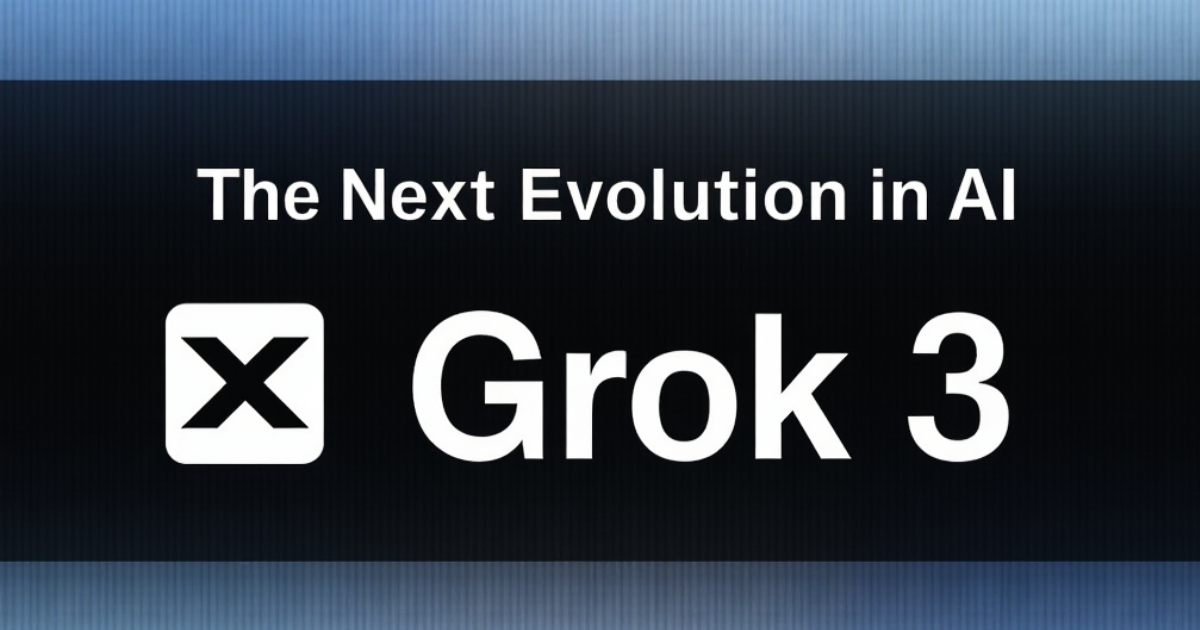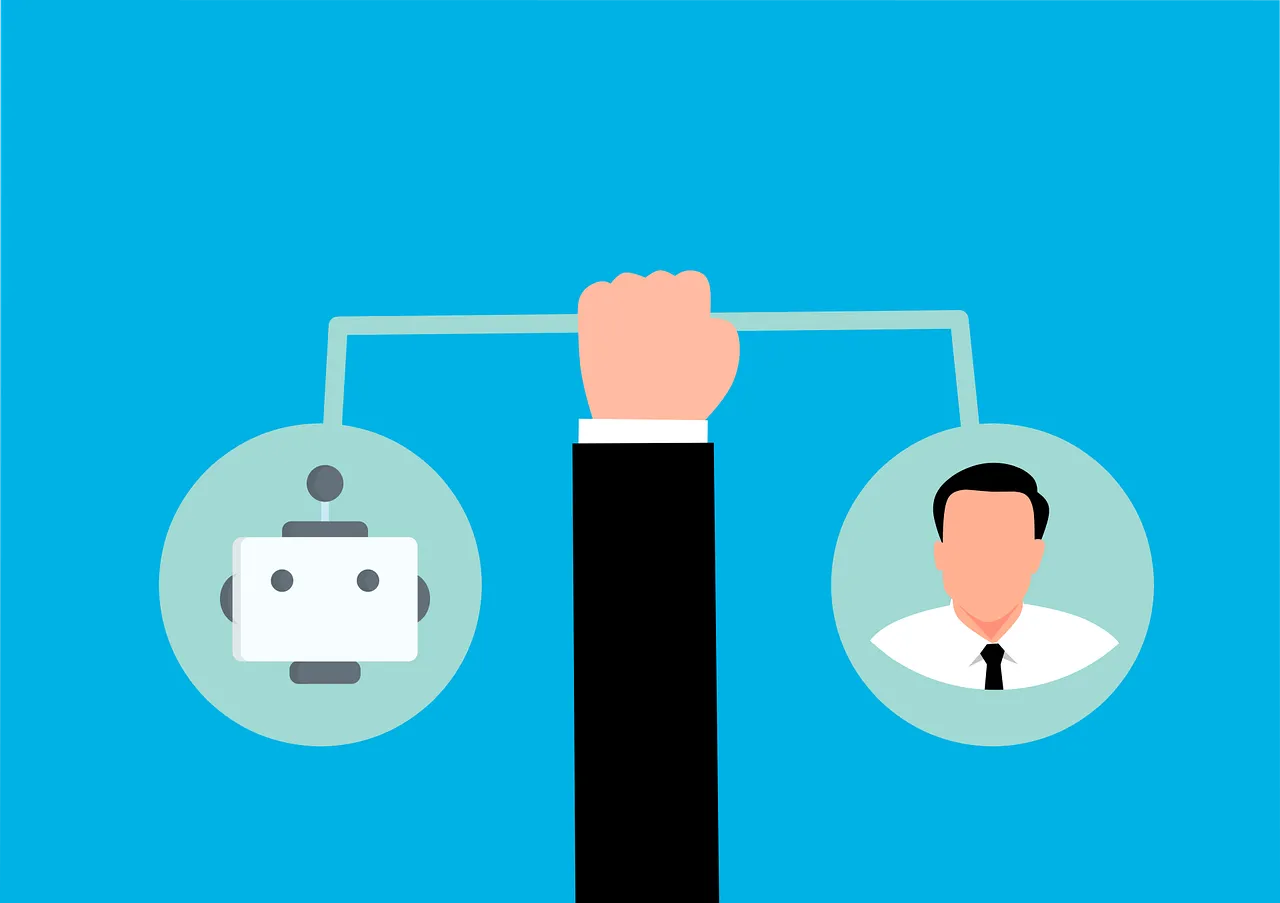6 Marketing Trends You Need to Know in 2025 !!
If you’re still marketing like it’s 2024, you’re already behind. AI is revolutionizing the industry, attention spans are shrinking, and brands that fail to adapt will be left behind. But don’t worry—this guide will walk you through the biggest shifts in marketing today and how you can stay ahead of the competition.
I’ve analyzed the most game-changing insights from HubSpot’s State of Marketing Report, which surveyed over 1,200 marketers worldwide. These aren’t just predictions—they’re data-backed trends that will define the future of marketing.
Let’s dive into the top marketing trends shaping 2025 and what you can do to stay ahead.
6 Marketing Trends You Need to Know in 2025
Trend 1: The AI Takeover in Marketing
AI is reshaping marketing as we know it. If you’re still manually adjusting campaigns, you’re already behind. AI is optimizing entire marketing strategies in real time, making processes faster and more efficient.
Why It Matters:
- Marketers who resist AI risk falling behind competitors who automate and scale faster.
- AI isn’t just creating content—it’s predicting trends, optimizing ads, and personalizing customer interactions.
How to Stay Ahead:
- Use AI tools like ChatGPT or HubSpot’s AI-powered solutions to generate social media posts, email subject lines, and ad copy.
- A/B test AI-generated content versus human-written content to see what drives higher engagement and conversions.
- Let AI analyze customer behavior and predict trends, so you can make data-driven marketing decisions faster.
➡️ Stat: 47% of marketers don’t know how to measure AI’s impact (see page 34 of the State of Marketing Report).
Trend 2: Capturing Attention in a Crowded Space
Getting clicks is easy. Keeping people engaged is the real challenge.
The Rise of Short-Form & Long-Form Content:
- Short-form videos (TikTok, Instagram Reels, YouTube Shorts) now drive higher engagement than static posts.
- Long-form content (webinars, podcasts, YouTube deep dives) builds trust and authority.
- Brands that use both formats see the highest conversion rates.
What You Can Do:
- Start creating TikTok, Reels, and YouTube Shorts if you haven’t already.
- Track watch time, comments, and shares—not just clicks.
- Repurpose content: Turn one video into multiple social posts, articles, and email newsletters.
➡️ Case Study: HubSpot’s The Hustle saw 400K+ monthly views by focusing on storytelling instead of traditional marketing.
Trend 3: The Trust Crisis & First-Party Data
Consumers don’t trust brands as much as they used to. Third-party cookies are disappearing, making paid ads less effective and more expensive.
The Shift to First-Party Data:
- Brands using email subscribers and loyalty programs see higher engagement and lower ad costs.
- Companies that own their audience (via email lists, community platforms) outperform those reliant on paid ads.
How to Stay Ahead:
- Collect emails by offering valuable content (eBooks, discounts, exclusive insights).
- Be transparent about data collection to build trust.
- Use first-party data for personalized marketing to boost conversions.
➡️ Stat: Brands shifting to first-party data strategies see higher customer retention (see page 11 of the State of Marketing Report).
Trend 4: Brands as Content Creators
Consumers trust creators more than brands. That’s why the smartest companies are acting like content creators instead of just running ads.
Why It Works:
- 92% of marketers are shifting ad budgets to branded content.
- Micro-influencers drive 3x better results than traditional ads.
How to Stay Ahead:
- Work with micro-influencers—their audience already trusts them.
- Create engaging content: Tell stories instead of just selling.
- Show personality: Share behind-the-scenes, customer success stories, and team insights.
➡️ Example: Even luxury brands like Jaguar are using social-first storytelling instead of traditional ads, leading to skyrocketing engagement.
Trend 5: AI-Powered Ad Targeting

What if your ads could optimize themselves? AI is already doing it.
Why AI Ads Matter:
- AI helps lower ad costs, increase engagement, and automate campaign optimization.
- Manual ad testing is slow—AI does it in real-time.
- AI learns from user behavior and improves ad targeting automatically.
How to Stay Ahead:
- Use AI-powered ad platforms like Meta Advantage+ and Google Performance Max.
- Let AI test and optimize audiences instead of guessing.
- Compare manual vs. AI-driven ad campaigns and track performance.
➡️ Stat: AI-powered ad targeting reduces costs and boosts ROAS (Return on Ad Spend) by 30%.
Trend 6: SEO’s Shift to Social Platforms
More people are searching on TikTok and Instagram than on Google.
Why It’s Important:
- Google reports a 40% decline in product searches by Gen Z as they shift to social search.
- If your content isn’t optimized for TikTok SEO, you’re invisible to millions of potential customers.
How to Stay Ahead:
- Use TikTok’s search bar to find trending keywords and create relevant content.
- Add on-screen text and captions with searchable keywords.
- Optimize hashtags based on platform-specific search trends.
➡️ Pro Tip: Watch our TikTok SEO guide for more strategies.
How to Stay Ahead of the Curve
Marketing is evolving fast. If you don’t adapt, you’ll fall behind. Kit Bodner, CMO of HubSpot, put it best:
“Marketers need to think: A year from now, will I feel like I’ve learned enough, tested enough, and evolved our strategies enough to keep up?”
The next decade will transform marketing more than ever before. The question is: Will you evolve with it?
AI in Marketing Statistics
Here are some key data points showing AI’s impact on marketing:
- 80% of marketers already use AI-powered tools for campaign automation.
- AI-driven content creation tools can increase productivity by 50%.
- Companies leveraging AI in marketing see a 30% higher engagement rate.
- AI-powered chatbots now handle 85% of customer interactions.
For more insights, check out page 34 of HubSpot’s State of Marketing Report.
FAQ: AI in Marketing
1. How is AI changing digital marketing?
AI is revolutionizing marketing by automating tasks, optimizing ad targeting, and improving personalization. It helps marketers analyze data faster and create high-performing content with ease.
2. What are the best AI tools for marketing in 2025?
Some top AI-powered marketing tools include ChatGPT, HubSpot AI, Jasper AI, Canva AI, and Meta’s Advantage+ Ads.
3. How can businesses use AI to improve content marketing?
Businesses can use AI for automated content generation, SEO optimization, audience insights, and dynamic personalization to create high-engagement content.
4. Will AI replace human marketers?
AI enhances marketing by automating repetitive tasks, but human creativity and strategy are still essential. The best results come from AI-assisted marketing, not AI replacing humans.
Conclusion
Marketing is evolving faster than ever, and brands that fail to adapt will struggle. AI, first-party data, content-driven engagement, and social SEO are essential for staying competitive. Start implementing these strategies today to future-proof your marketing efforts.
Want deeper insights? Download the full HubSpot State of Marketing Report for free and stay ahead of the curve!
Which trend excites (or scares) you the most? Let me know in the comments!
📌 Next Up: Learn how to rank higher on TikTok’s search algorithm—because social-first SEO is the future.



